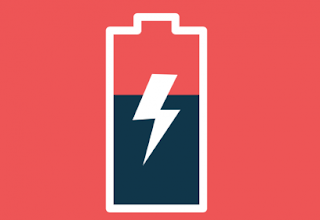The Tesla And Solar City Merger

Elon Musk, CEO of Tesla [NASDAQ:TSLA], plans to buy his cousin’s company, Solar City [NASDAQ:SCTY]. That has generated a lot of head-scratching in financial circles about how it will work out. Some facts commonly cited: Tesla is the most successful and biggest electric car company the world has ever seen. Solar City is America’s biggest residential solar company. Both companies lose money. Both are deeply dependent on billions of dollars in taxpayer subsidies, and both are at the epicenter of dreams to ‘green’ the highways and the grid. Strip away debate about operational synergies and the sustainability of subsidies and you find a single technological article-of-faith animating believers in the companies’ conjoined vision: the idea that fantastically better batteries are in the imminent future. The battery pack is by far the most expensive component in a Tesla. In a conventional car, there is no equivalent component so expensive and dominant. Fantastically better batter...



